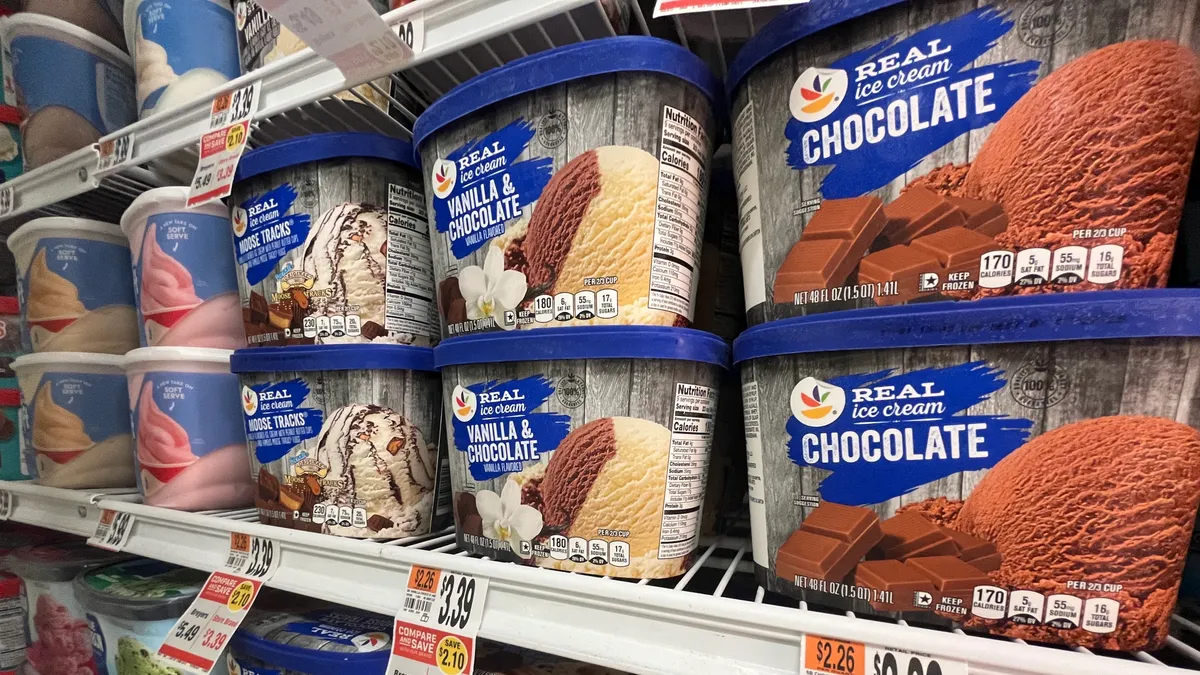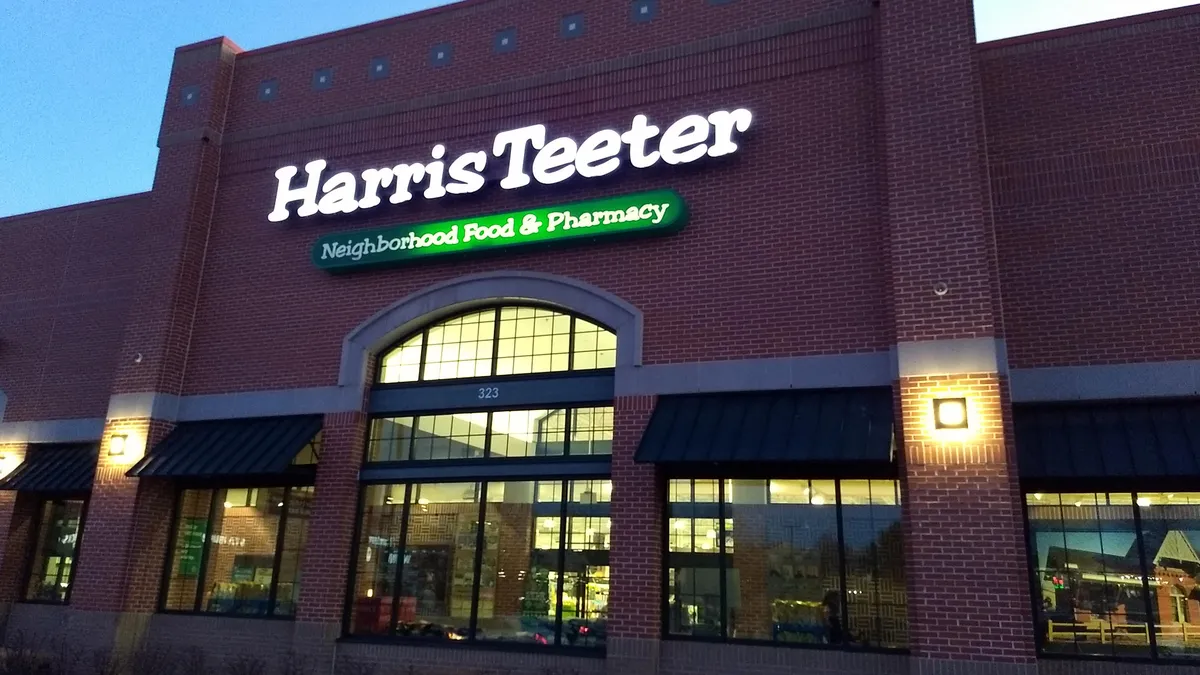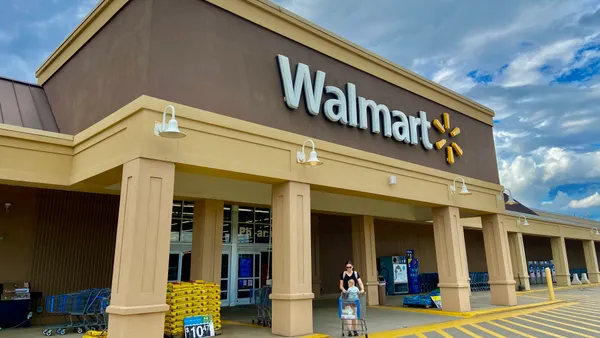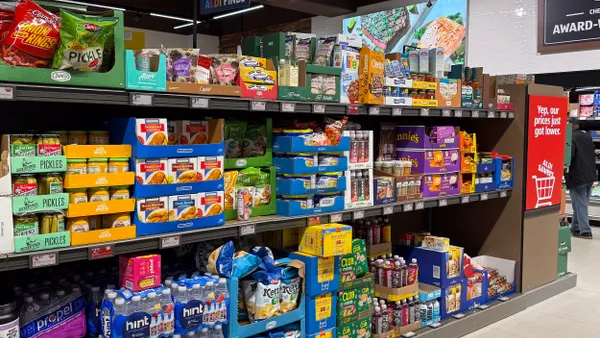The escalating trade war between the United States and more than 180 other nations may be trying consumers’ last nerve.
“Dynamic shifts in consumption are already occurring across consumer groups and retail segments,” Marshal Cohen, Circana’s chief retail industry adviser, said in a statement. “The consumer is in a state of confusion and trying to decipher how to prioritize their purchases in an environment of significant change.”
A number of countries have retaliated against a slew of new tariffs from the Trump administration with tariffs of their own, which threatens to raise prices on a range of goods, including apparel and footwear, electronics, furniture and food. But several forces, and not just tariffs, are fueling the uncertainty bedeviling the U.S. consumer, according to a Monday report from Circana. High prices, rising debt, concerns among Hispanic consumers about the immigration crackdown, extreme weather and natural disasters are all upending spending patterns, Circana said.
Inflation, which has already strained household budgets, is set to get another push upward, since the point of the levies is to raise prices and make certain goods less affordable, Wells Fargo economists led by Tim Quinlan said in a Friday research note. The 20-point tariff rate bump announced April 2 will drive the personal consumption inflation rate 1.8 percentage points beyond the baseline forecast, and the effect is even larger for core inflation, according to their model.
“At the heart of tariffs lies an effort to increase prices to achieve various policy objectives (e.g., greater domestic production, negotiating leverage, tax revenues),” Quinlan said. “The tariffs announced on April 2 are set to do that in spades.”
This could further sap consumer spending power and/or business profits, and undermine investments and hiring, they said.
“Assuming tariffs rise by the full amount proposed and stay in place through 2026, real GDP growth would effectively stall in Q2 before turning negative in the third quarter, highlighting the heightened risk of recession,” Quinlan said.
Last week the National Retail Federation warned of lower GDP growth and “a slower trajectory for consumer spending,” largely due to the uncertainty around tariffs and their effects. The group expects retail sales this year to grow between 2.7% and 3.7%, reaching $5.4 trillion to $5.5 trillion. Some of those forces, like weather events, are regional, or, in the case of Hispanic consumers, specific to certain groups. For the first time in two years, Hispanic consumer demand is underperforming non-Hispanic consumers, Circana said, a phenomenon already noticed by off-price retailers.
In general, since 2020, as prices on essentials rose while wage growth lagged, the effect on demand for discretionary goods has been “noticeable,” Circana said. In 2023, for example, general merchandise reached a peak average price increase of 25% over 2019 levels, pushing demand down as much as 9%. In Q4, the average price increase of goods sold was up 17% and unit demand was down 7%. This shift also included a consumer shift toward value options like private label and off-price.
Earnings guidance for the year has largely failed to account for slack in the U.S. economy from the Trump administration's downsizing of the federal government and the immigration crackdown, according to a research note from UBS Global Research analysts led by Bhanu Baweja, who call immigration and the fiscal impulse “two big supports to growth” in the last three to four years.
The tariffs therefore are arriving “on the back of an economy already slowing: The US consumer was already showing clear signs of fatigue,” UBS said.














